Warblers that Warble
10,000 Birds
MAY 20, 2020
That still leaves 11 Warblers that breed in Michoacán. But my experience suggests there is a fair amount of geographical overlap between the two ranges in my area. Like the Common Yellowthroat , the Yellow Warbler breeds no further south than the central Mexican highlands. It does breed in the U.S.

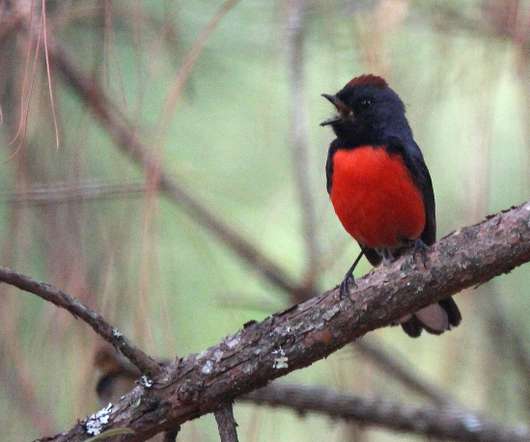


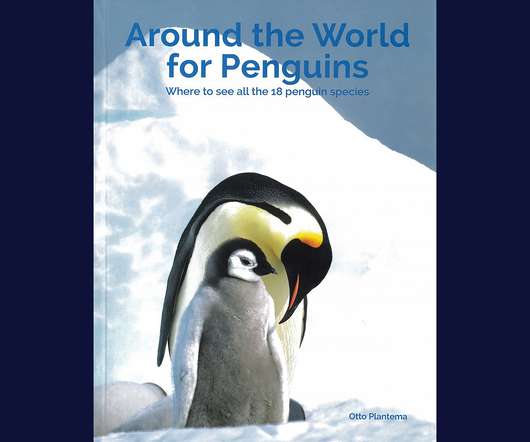

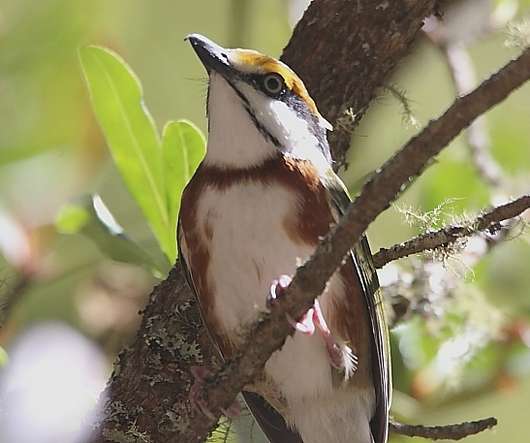
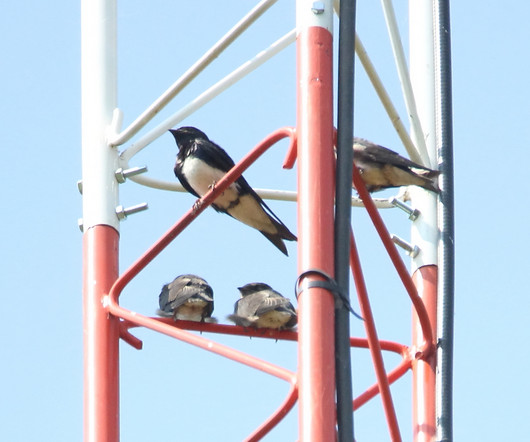
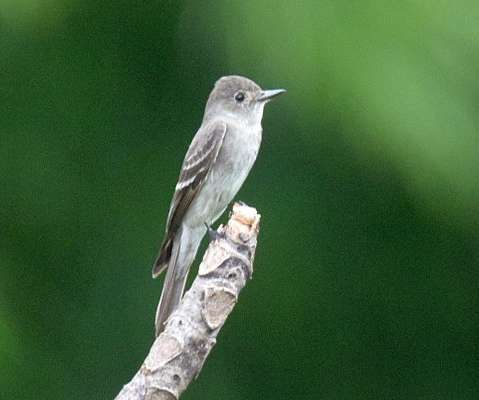





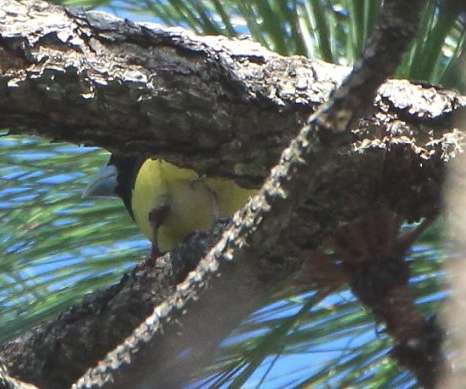



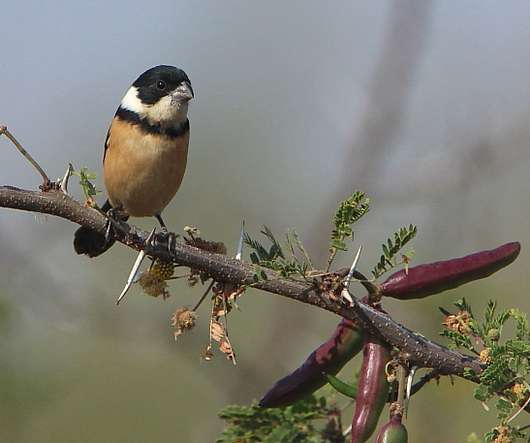



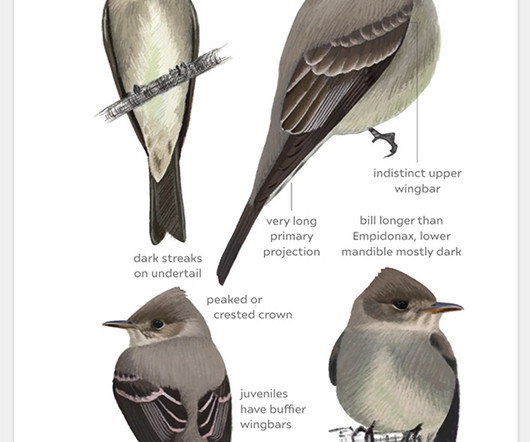










Let's personalize your content